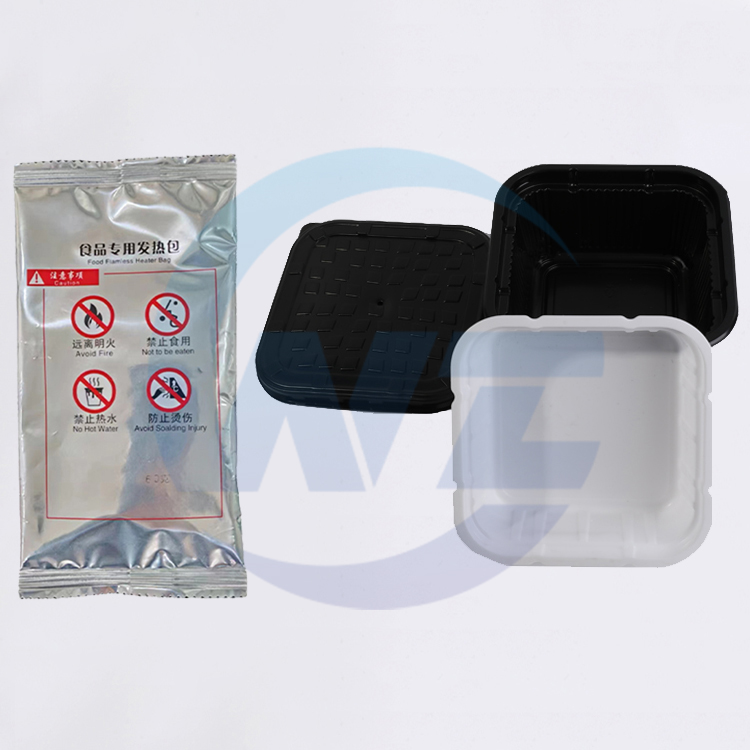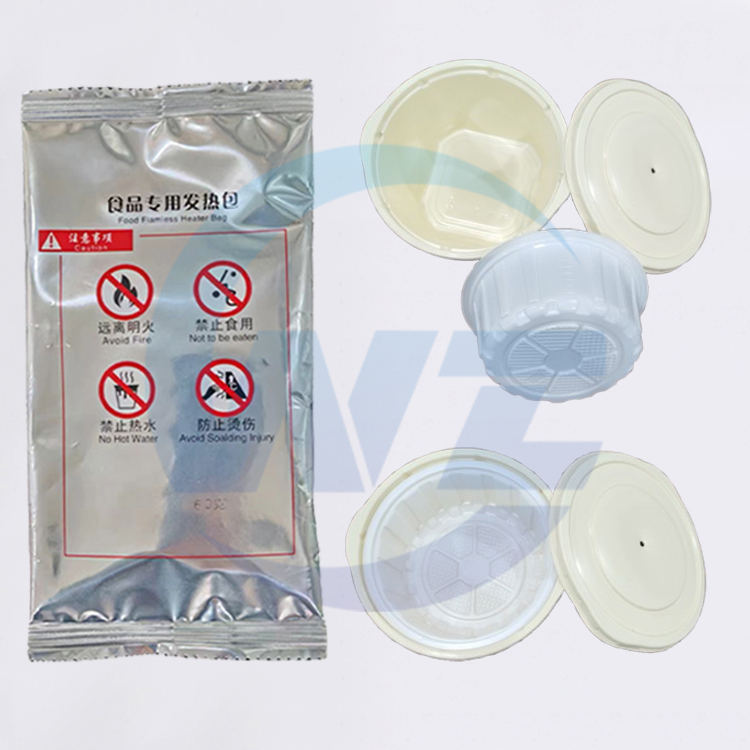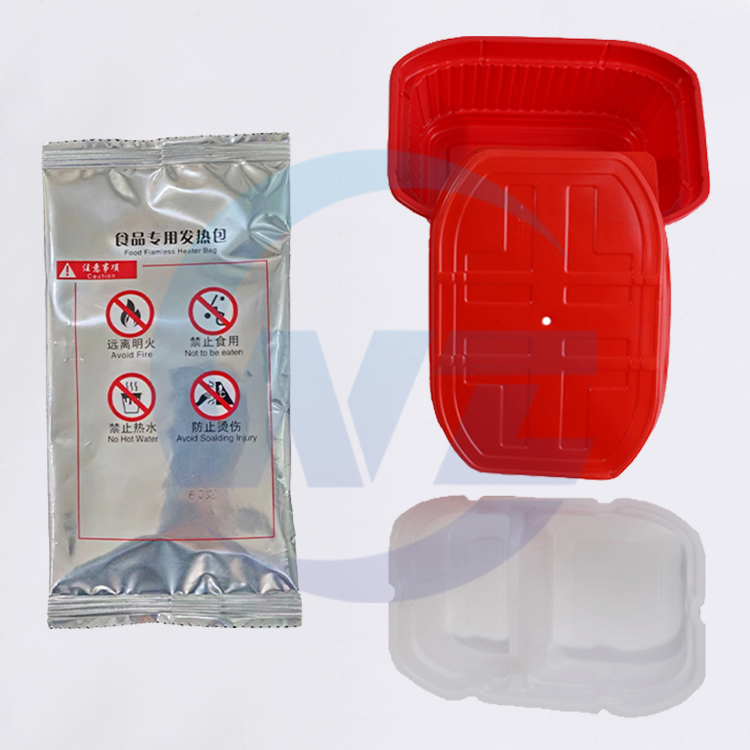by Kevin
Share
by Kevin
Share
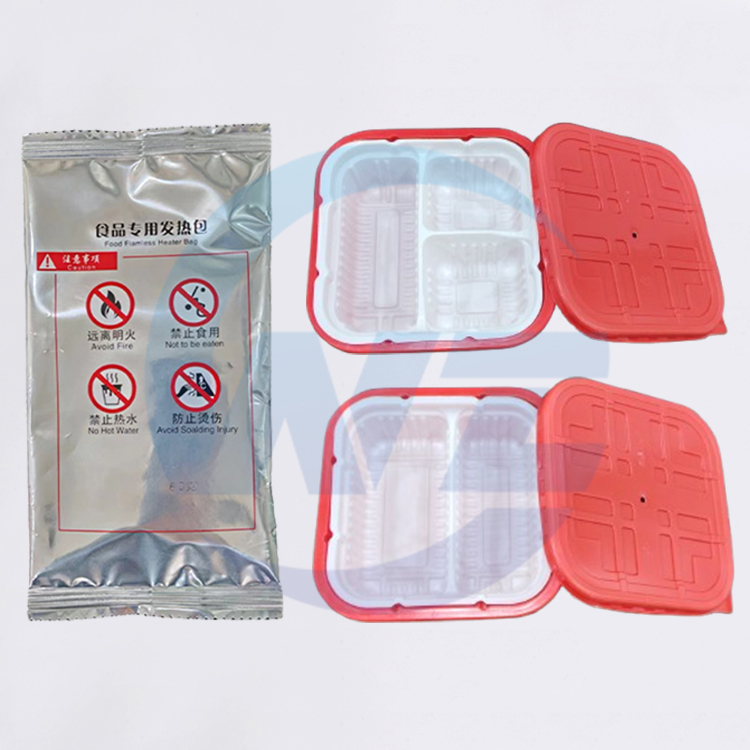
Few things are more disappointing on a cold day or during an emergency than anticipating a hot meal, only to find your flameless ration heater (FRH) or MRE heater is barely warm. These devices are designed to be reliable, but like any chemical process, they can sometimes underperform. The issue is rarely a faulty product and almost always related to the conditions of use. This guide will walk you through the common reasons why your heater isn’t getting hot and provide expert, field-tested solutions to ensure you get a hot meal every time.
Features of a Properly Functioning Flameless Ration Heater
Consistent, Reliable Heat
When working correctly, an FRH should heat an 8-ounce (227g) MRE entree to a safe and palatable temperature of around 140°F (60°C) in about 10-15 minutes.
Simple Activation
The process is straightforward: add water, seal the bag, and wait. This simplicity is key for its use in military, emergency, and outdoor scenarios.
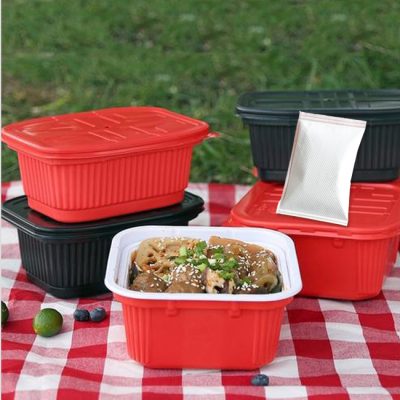
Flameless and Safe
The heater produces no flame or sparks, making it safe to use in a tent, a vehicle, or other enclosed spaces where traditional cooking is not an option.
Lightweight and Compact
FRHs are designed to be lightweight and take up minimal space, making them an essential component of any MRE or emergency kit.
How Are Flameless Ration Heaters Made?
Understanding the manufacturing process helps explain why they can fail.
Precise Chemical Formulation
The heater contains a finely tuned mixture of magnesium powder, iron powder, and salt. This ratio is critical for a vigorous and efficient reaction.
Controlled Environment Packaging
The heaters are sealed in an airtight, moisture-proof pouch. This prevents premature activation from humidity in the air, which would deplete the reactive magnesium before use.
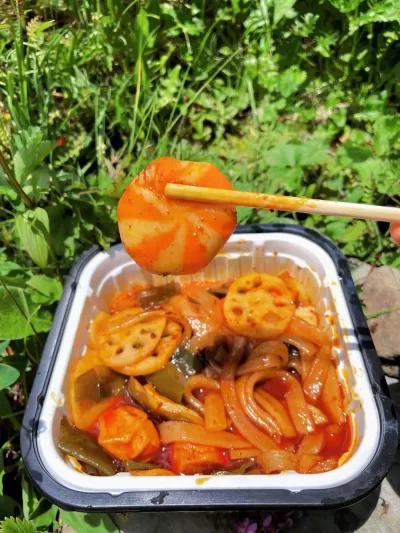
Quality Control
Reputable manufacturers test batches to ensure the chemical composition is consistent and the packaging is completely sealed. A failure in either of these areas can lead to a dud heater.
Popular Uses and Common Points of Failure
Military and Tactical Use
In the field, soldiers rely on these heaters for a hot meal. Failures are often traced to extreme cold, which slows the chemical reaction, or contaminated water sources.
Emergency Preparedness
In an emergency, an MRE can be a lifeline. A heater that fails to work can be a major blow to morale and comfort, especially in a disaster scenario.
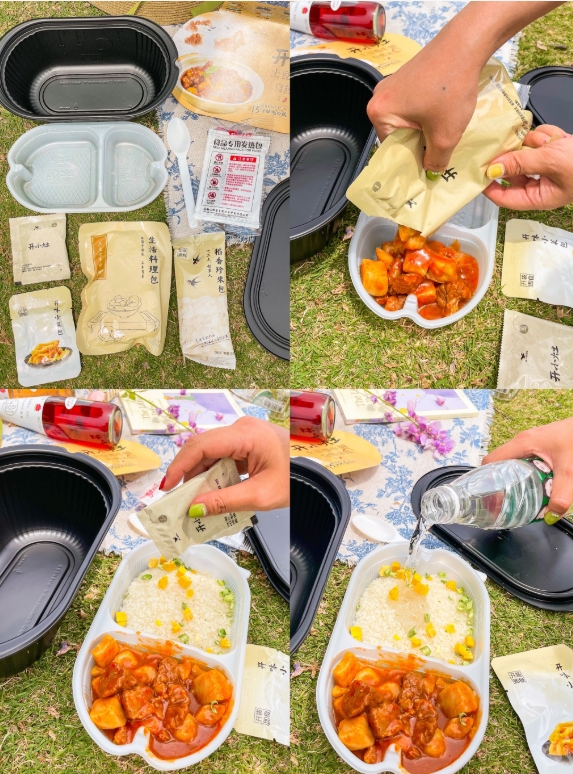
Outdoor Recreation
Hikers and campers use MREs for their convenience. A common mistake is using frigid stream water, which can significantly reduce the heater’s effectiveness.
How to Troubleshoot a Heater That Isn’t Hot?
Problem 1: Not Enough Water
This is the most common mistake. The chemical reaction requires a specific amount of water to proceed fully. Too little water means the reaction is incomplete and produces less heat.
- Solution: Carefully measure the water. The standard ratio is typically 1.5 ounces (or about 2-3 tablespoons or 45ml) of water. Use the cap from a standard water bottle to measure if you don’t have a measuring tool. Fill it to the first line.
Problem 2: Water is Too Cold
Using ice-cold or snow-melt water will drastically slow down the reaction. The heater has to use a significant amount of its energy just to warm the water up before it can effectively heat the food pouch.
- Solution: If possible, use the warmest water available. If you only have cold water, be patient. It will take longer for the meal to heat. You can also try to “pre-warm” the heater by keeping it in an inside pocket close to your body before use.
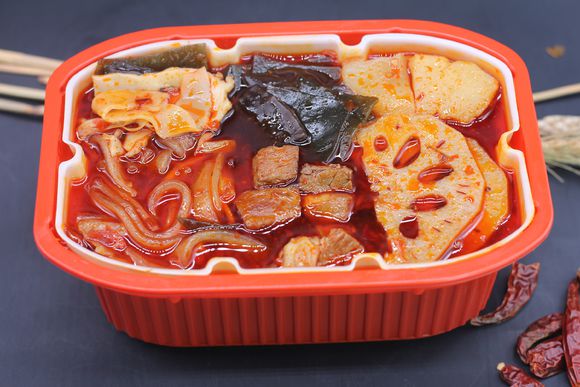
Problem 3: Improper Positioning
The heater needs to be in close contact with the food pouch to transfer heat efficiently. If the food pouch is floating on top of the water or not properly positioned, most of the heat will be wasted.
- Solution: Place the heater flat inside the box sleeve. Lay the food pouch directly on top of the heater. Fold the top of the box over and lean it against a stable surface (like a rock or your pack). This ensures maximum surface contact and traps the steam.
Problem 4: Old or Damaged Heater
While rare, a heater can be past its prime or have a compromised seal. If the pouch was punctured or exposed to moisture long-term, the magnesium may have partially corroded and lost its reactivity.
- Solution: Check the expiration date on your MREs and rotate your stock. Inspect the heater pouch for any holes or damage before use. If it feels rock-hard or clumped, it may have been activated.
How to Maximize Heat from Your Ration Heater?
Insulate the Heating Process
After setting up the heater, wrap the box in a jacket, a sleeping bag, or even a mylar space blanket. This traps the heat and steam, significantly improving the efficiency and final temperature of your meal.
Give it Time
Don’t rush the process. The standard 10-15 minutes is a minimum. In cold conditions, it may take 20 minutes or more to get the meal truly hot.
Use a “Double-Boiler” Method
For extra heat, you can place the entire heating box inside a larger pot or container with a lid. This creates an oven-like environment that retains heat even more effectively.
Conclusion
A flameless ration heater that isn’t hot is almost always a solvable problem. By ensuring you use the correct amount of water, position the components correctly, and insulate the system, you can turn a lukewarm disappointment into a satisfying, hot meal. These heaters are a marvel of portable technology, but they rely on the user to provide the right conditions. With this knowledge, you can confidently rely on your MREs to deliver the comfort and energy you need, whether you’re on a mission, in an emergency, or enjoying the great outdoors.
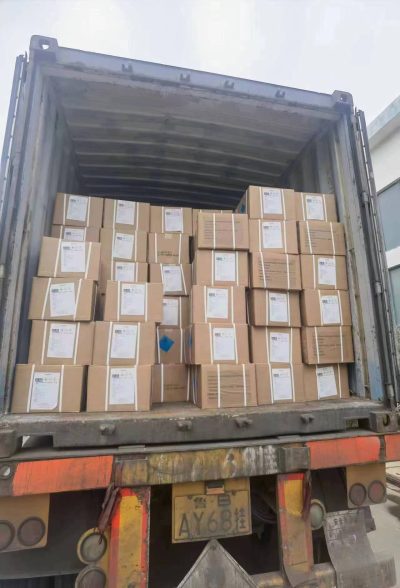
If you continue to experience issues with your flameless ration heaters or need advice on selecting the most reliable emergency food options, please contact us. We can provide expert recommendations and troubleshooting tips. If you are unsure about any aspect of your emergency preparedness gear, consult us. Our team is ready to provide professional services and answer your questions. You are welcome to consult us at any time!
FAQ’s
What is the ideal temperature of the water to use?
Lukewarm or room-temperature water is ideal. However, potable water of any temperature will work; colder water will simply require more time and patience.
Can I use snow to activate the heater?
Yes, but it is highly inefficient. You will need to use a larger volume of snow to equal the required amount of water, and the reaction will be very slow. It’s better to melt the snow first if you have a means to do so.
Is the steam from an MRE heater dangerous?
The steam is very hot and can cause burns, so be careful when opening the box after heating. The reaction also produces a small amount of hydrogen and magnesium hydroxide, so it should always be used in a well-ventilated area.
Can I reuse an MRE heater?
No, the chemical reaction is a one-time process. Once the magnesium has reacted with the water, it cannot be reused.
My heater got hot, but my meal is still cold. What did I do wrong?
This is almost always a positioning problem. The food pouch was not in direct contact with the heater, so the heat escaped into the air instead of transferring into the meal. Ensure the pouch is lying flat on top of the heater inside the box.
STAY IN THE LOOP

